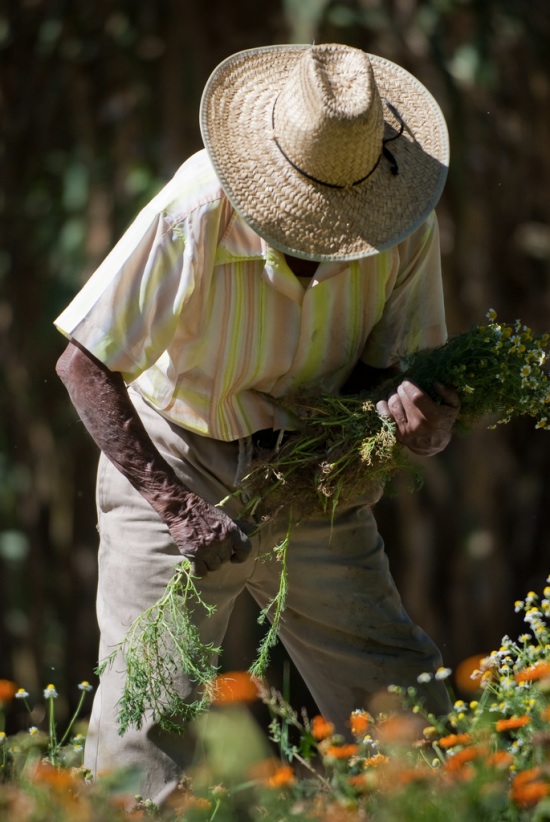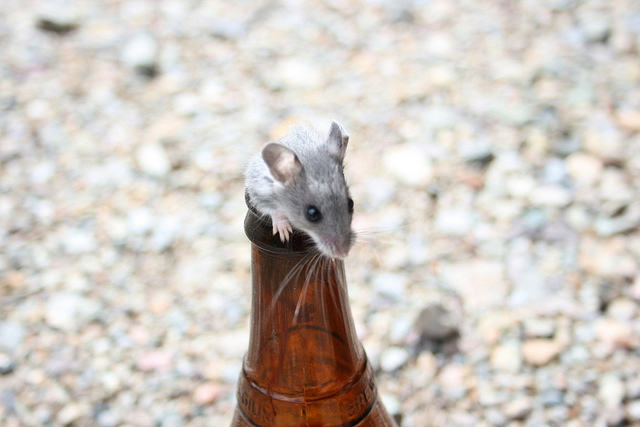
One of the cool things about natural history museums is that they show you how nature has changed over time, adapting to volatile conditions and extreme challenges. And nothing is more volatile, extreme, or challenging than the human race, so it makes sense that there would be a museum to chronicle just how much we’ve messed with plants, animals, the climate, and in general the world around us. The Center for PostNatural History, opening this week in Pittsburgh, is that museum.
From the release announcing the center’s grand opening on March 2:
The Center for PostNatural History (CPNH) is dedicated to the research and exhibition of lifeforms that have been intentionally altered by humans, from the dawn of domestication to contemporary genetic engineering. The CPNH presents the postnatural world through diorama, taxidermy, photography and living exhibits, from engineered corn to Sea Monkeys to modified Chestnut Trees to BioSteel™ Goats.
The CNPH represents a refreshing and long-overdue perspective on “natural” history in the 21st century. Humans are the dominant species on the planet, responsible for a “sixth extinction” and a rapidly changing climate. On their own, these forces would be enough to require radical adaptation from nearly every species on the planet.
But we’ve also been hastening that adaptation, making our effect on nature even more profound. The CNPH also chronicles the effects of selective breeding and genetic modification, which allow humans to influence evolution in a way that’s unprecedented in 3.8 billion years of life on Earth.
This might just be the new trend in natural history museums — at least until our genetically modified, cybernetic heirs start mounting exhibits about “Ancient Humans and Their Lifestyles.”



